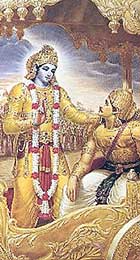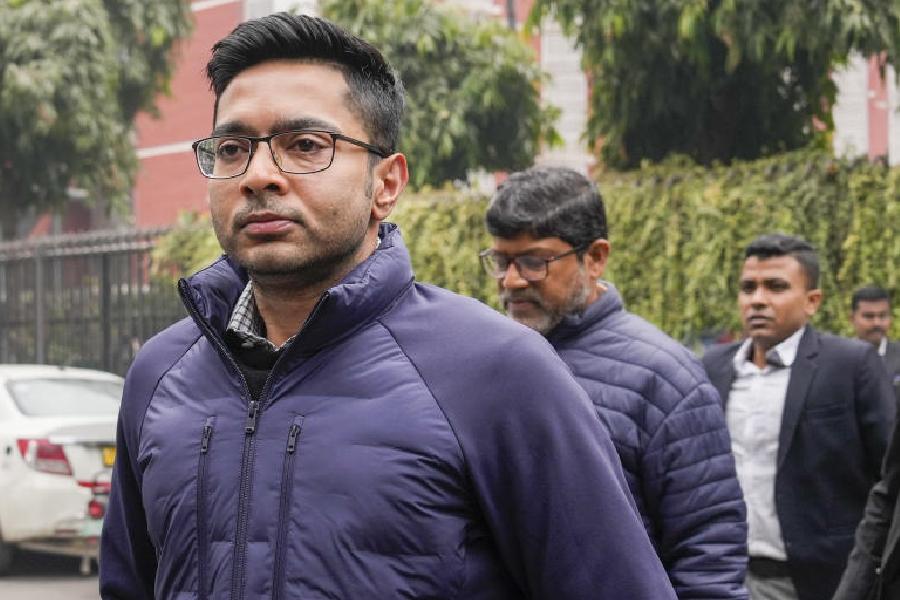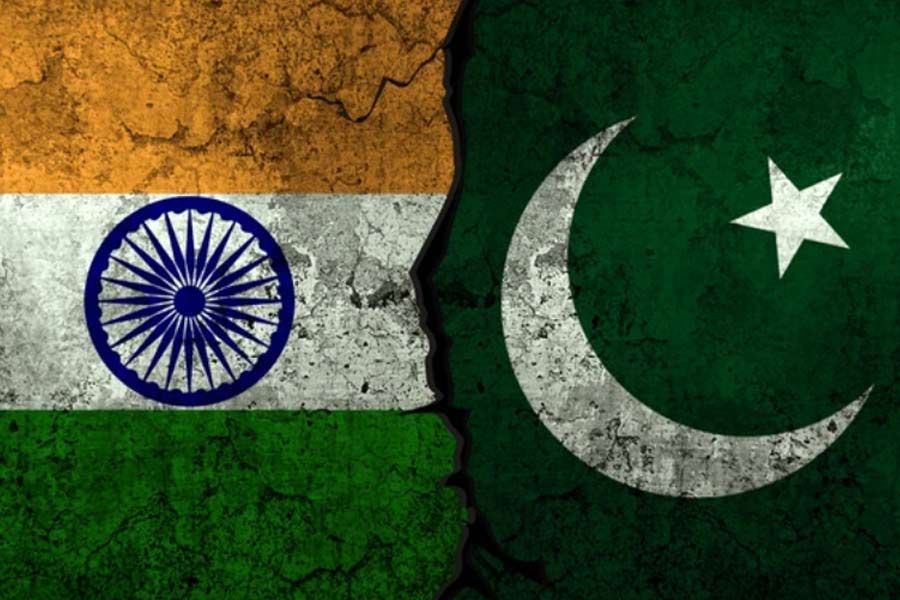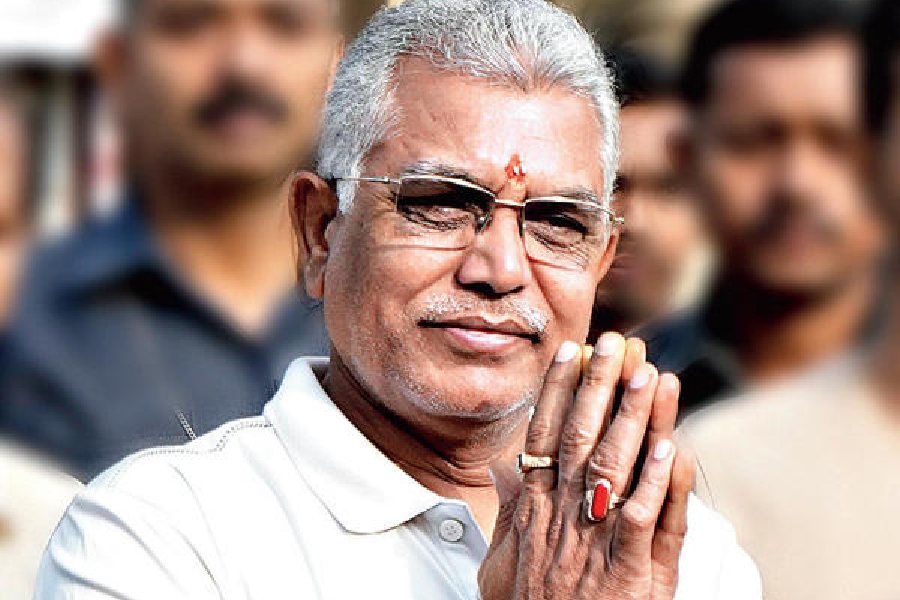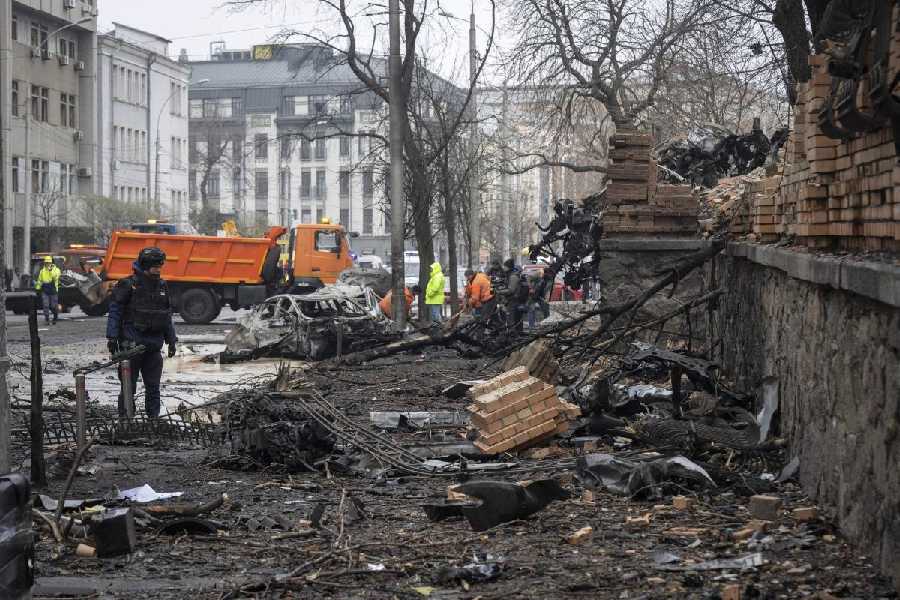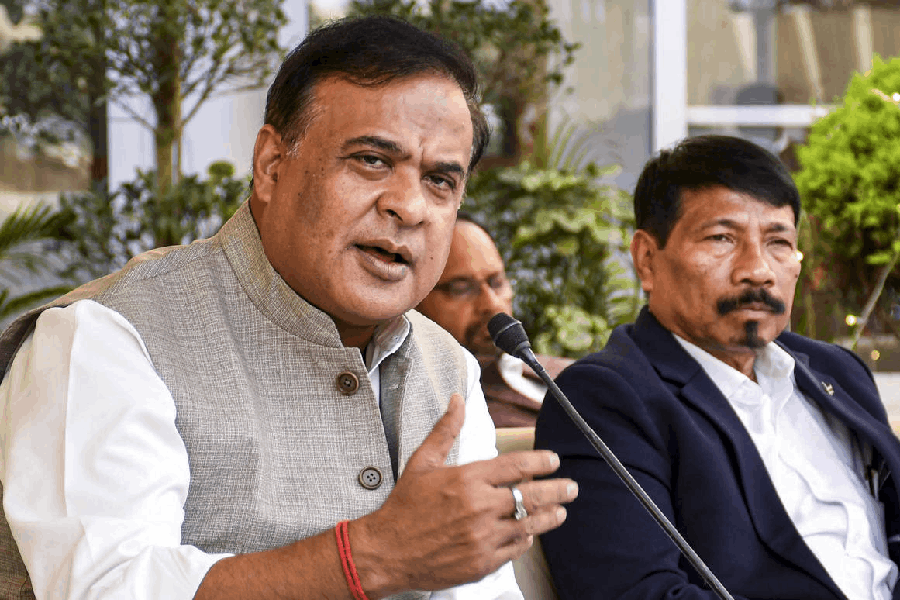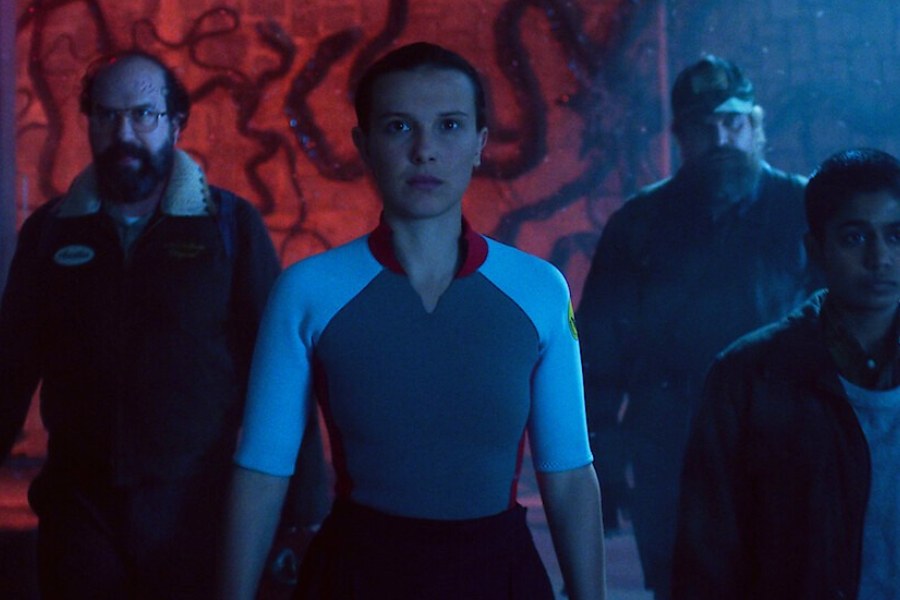|
|
The Warrior and the Charioteer: A Materialist Interpretation of the BhagaVaDgita By V. M. Mohanraj, LeftWord, Rs 350
This is a finely written book, based on the study of a wealth of materials. The Mahabharata, the central theme of which was the battle of Kurukshetra, contained many episodes not directly connected with the battle, and the Bhagavad Gita was one such addition. Mohanraj points out correctly that Vyasa composed the Mahabharata, piecing together themes that were the subjects of ballads and sagas. He begins with the discerning suggestion “that the Mahabharata is not a chronicle or a document of history.”
The chapter on the evolution of Indian society, from the upper stage of barbarism to the civilization of the ancient type, is well written, although the author’s contention that the early, absolute monarchies were based on slavery is questionable. Were the Dasa, Dasyus and Nishadas slaves in the European sense? Or was the caste system an Indian alternative to slavery?
Few would disagree that the Mahabharata, the Great Indian Epic, reflected the socio-economic conditions of the time. The author examines the Krishna cult and concludes: “The personality of the Yadava chief Krishna thus extends far back in time and its origin is steeped in mystery....The many Krishnas of the past have been superimposed on the Krishna of the Bhagavad Gita, thus bringing forth a synthesized charming image, sans whatever negative traits they had.” Mohanraj considers the Krishna of the Bhagavad Gita to be a historical figure, who lived in the city of Dwaraka before circumstances forced him and his tribe to migrate to the west coast. The Krishna of the Mahabharata, in his old age, was a helpless witness to an internal feud among the Yadavas in which his son Pradyumna was slain: “Clearly, the charioteer of Arjuna was only an ordinary human being, for had he been a god, he could have overcome all these problems.” The idea of deification is also discussed: “the dual facet of the character of Krishna is clearly reflected in the Bhagavad Gita for, in the course of his sermon, he talks sometimes as a human being and sometimes as god.” Mohanraj’s exposition of the counsel given by Krishna to Arjuna is pleasant reading. Krishna asserts his superiority over everything. But the author does not go into the lack of consistency in the counsel, which was pointed out by Kosambi. Mohanraj’s comment on the early use of the world “brahma” as the personification of the then-existing social structure — which, he thinks, was the commune — is thought-provoking. Here, he develops on the arguments put forward by S. A. Dange. What is readily acceptable is that some sort of commune or primitive communism existed in the early stage of barbarism, but whether brahma was its embodiment cannot possibly be claimed with any certainty.
According to Mohanraj, the Gita was the theorization of the newly-emergent, class-based societies. Selfless labour or nishkamkarma had been the feature of the old, classless society, but impracticable under the new class-/caste-based society. Nevertheless, Krishna resurrects this anachronistic idea — but clearly it is meant only for the toilers, the slaves, not the propertied. The final chapter of the book contains an English translation of the Gita, which is useful.
The differences between the teachings of the Gita and those of the early Vedas are too conspicuous not to be noticed. But the author’s interpretation of the new social formation seemingly requires further scrutiny.

